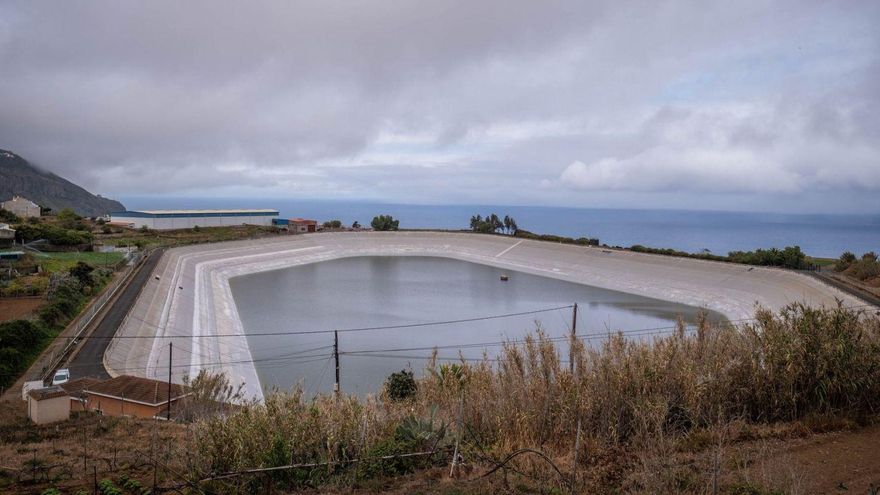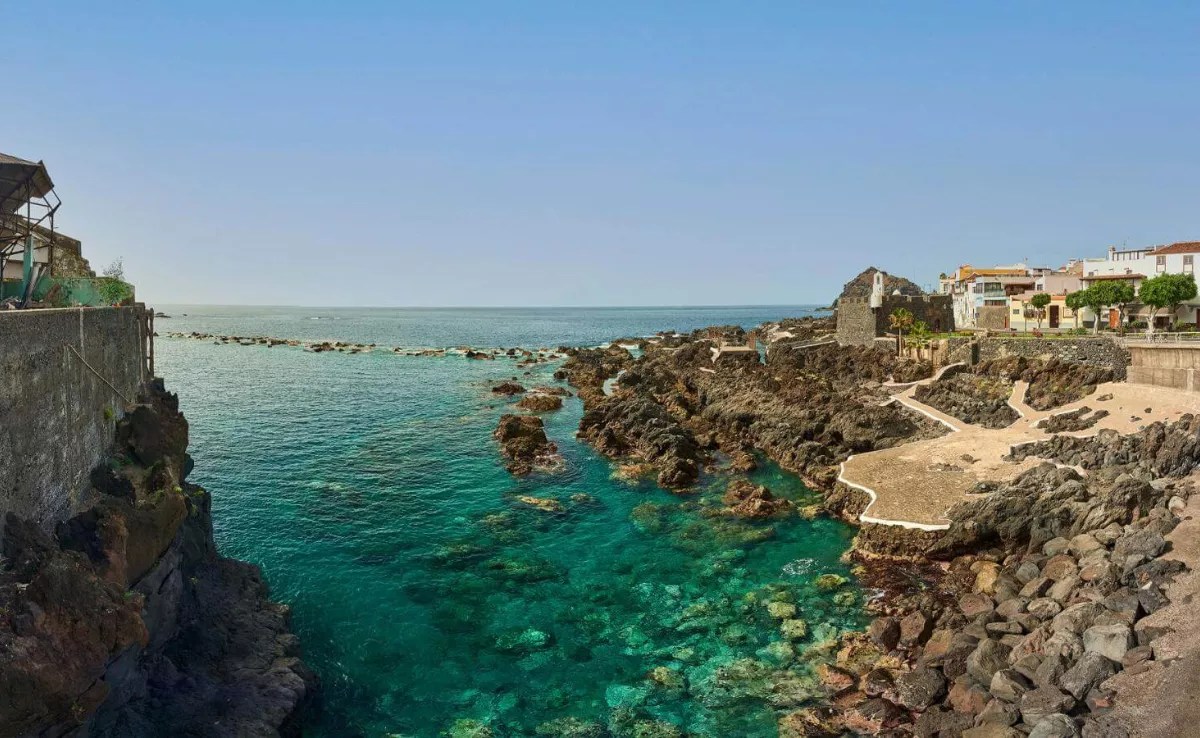
The water crisis in Tenerife has a tangible impact on water supply for agricultural irrigation, especially in the midlands. The data provided periodically by the public company Balten is stubborn and unquestionable. As of the 19th of last month, the capacity of the 23 reservoirs on the island was at 39.8% (1,843,841 cubic meters out of the total 4,843,664). Nearly a year ago, on February 28, 2023, the volume was at 74% (2,964,506 cubic meters filled out of the 4.8 total). This is despite not having Montaña de Taco, in Buenavista del Norte, the largest reservoir on the island back then. Like the one in the Benijos ravine (La Orotava), which remains out of use due to waterproofing works, now completed.
But these numbers actually represent a slight improvement from February 1, when the retained volume was at 34.6% of total capacity. And this is largely thanks to reclaimed water, especially from the South. Gone are the Februarys like 2021, when the record figure in the historical record was reached at 87% thanks to the beneficial passage of the storm Filomena. Or 2022, when the average was still 60%. Since then, the decline has been progressing geometrically, reaching another alarming negative figure: 17.5% in November 2023. The path this year, with January and the current rainless February, is leading towards a terrifying summer for the island’s countryside.
Balten’s snapshot
[–>
Montaña de Taco (821,739 cubic meters) is the only one of the large reservoirs that is holding up with 62.2% of its capacity. The other top five reservoirs paint a bleak picture. La Cruz Santa (664,705) stands at 21.9%, down from 62% last year. Valle Molina (614,373), crucial for the entire Northeast region (Tejina, Tegueste, Valle de Guerra…), stores only 9.7% compared to 59% in 2023. San Antonio in La Matanza de Acentejo (157,008) is at 20.8%, down from 100% the previous February, and Buen Paso in Icod de los Vinos (150,788) is at 9.1% –55% in the comparative period–.
The South balances the average with the volumes of the higher-capacity reservoirs, like San Lorenzo in Arona (98.1%), or San Isidro (Granadilla), at 66.2%. The negative exception is El Saltadero, also in Granadilla, with 457,811 cubic meters and only at 27.3%.
The PSOE defended yesterday a multi-year plan, with a budget ranging from four to six million euros, “to continue waterproofing the reservoirs”. They argue that they found them “with significant water losses”. Four, they claim, “have been completed –Tegueste, San Juan de la Rambla, Montaña de Taco, and El Saltadero– and one is in progress, the one in the Benijos ravine”.
Another telling statistic to explain the drought: Tenerife’s large underground reservoir – feeding wells and galleries – decreases annually by 2.5 to 3 linear meters, with peaks of up to five. This means it is moving further away from the surface each year and getting closer to the freshwater-saltwater interface. In relation to this, between 1985 and 2016, the combined flow of effluents – streams that branch off from the main one – on the island decreased by 30%, dropping from 212 to 150 cubic hectometers per year. Qualitatively, mineral waters present higher levels of salinization due to precisely this decline in the aquifer.
















